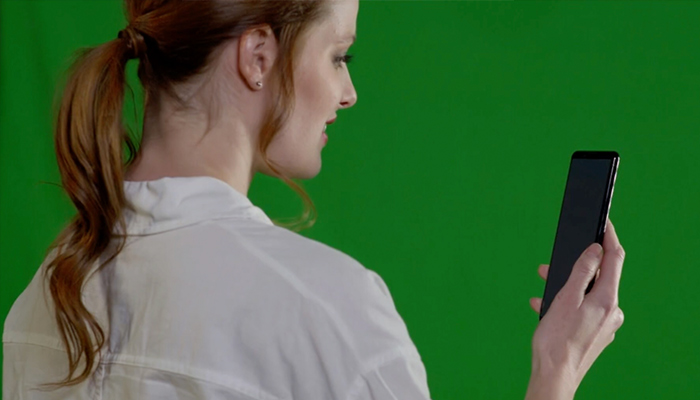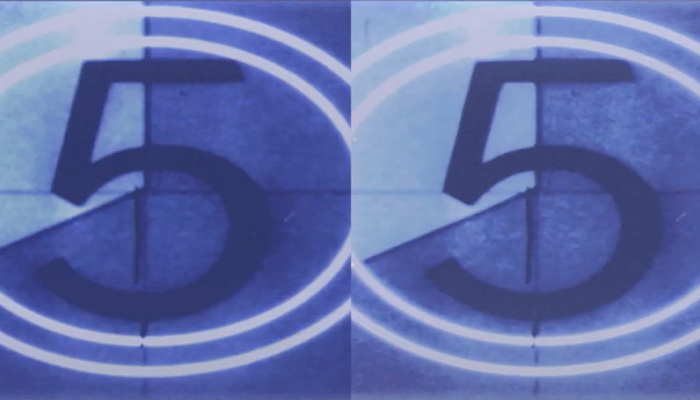If you work with sound long enough, you’re going to have to deal with unwanted background noise at some point or the other. Audio background noise is pretty much unavoidable.
Even those with the most specialized equipment and production experience have to deal with unwanted artifacts. Bad audio can cause real issues when you are video editing.
There are many ways noise can end up in your recording, but once it’s in there, there are not many ways to get it out.
It may not be possible to eliminate all of the background noise in your work, but with the right adjustments and a good noise reduction plug-in, you should be able to reduce noise considerably.
The ability to remove background noise from video largely depends on what platform you’re using. In this article, we’ll talk about how to remove background noise in DaVinci Resolve Studio, one of the most common video editing suites.
What is Background Noise?
Background noise refers to all the extra unintended sounds that creep into your microphone while you record. These can be easy to miss during recording but will be obvious when you listen back.
Background noise can come from different sources, such as:
- Air conditioning
- Wind noise, sound from fans
- Electricity buzz and hum
- Poor microphone use
- Hard reflective surface in your studio/room
- People and vehicles (especially if shooting outdoors)
How to Remove Background Noise in DaVinci Resolve
There are a handful of ways with which you can reduce noise in DaVinci Resolve when you are doing your post production work. We’ll go through a few below.
CrumplePop Audio DeNoise Plug-in
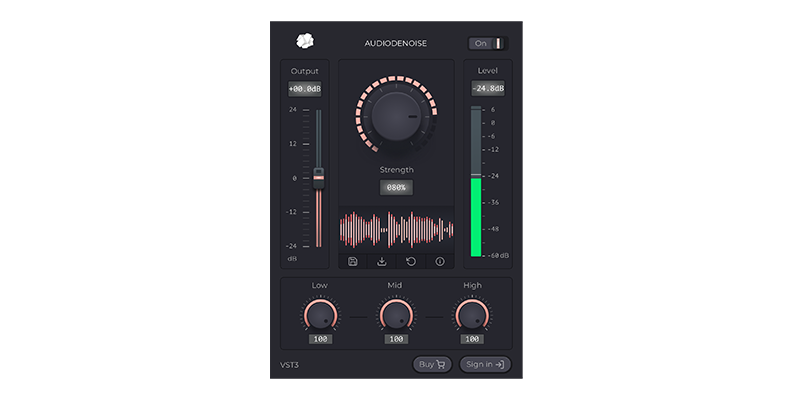
With the CrumplePop suite of AI plug-ins, reducing and removing background noise is a simple task in DaVinci Resolve.
CrumplePop AudioDenoise integrates seamlessly with DaVinci Resolve and can clean up any recording to a professional standard and with a minimum amount of fuss.
It is especially effective on the kinds of background noise that can be encountered every day and even with noisy, outdoor conditions the plug-in is effective at stripping out the unwanted background noise and ensuring your recording is left clean and pristine.
However, it is also effective on other noises that can creep into recordings, such as hiss and hum.
The tool itself is simple to use so even newcomers to the software can gain professional results in next to no time. Just select the part of the audio you want to apply the DeNoise tool to or select the entire track if the background noise is consistent throughout the recording. Then, apply the amount of effect you want to apply.
The central control knob allows you to adjust how much effect is applied to what you have recorded. There are also controls for adjusting the Low, Medium, and High frequencies too, so you can have complete control over your sound.
The CrumplePop AudioDenoise AI plug-in is a simple, powerful and incredibly effective way to remove background noise and with perfect DaVinci Resolve integration, you really can't go wrong.
Hear It For Yourself
Advanced audio AI removes noise and boosts your vocal quality.
Toggle it on/off to hear the difference.
Remove Wind
Remove Noise
Remove Pops & Plosives
Level Audio
Remove Rustle
Remove Echo
Remove Wind
-
Audio Gate

What an Audio Gate does is filter what audio passes through to a channel and how much.
It is a particularly effective tool when it comes to the parts of your recorded audio clips that are silent but contain some background noise. To use an audio gate:
- Select the noisy audio clip you want to work on and add it to your DaVinci Resolve timeline.
- Listen to the clip and note the parts with background noise that you wish to remove.
- Click the Fairlight Tab in the lower utility bar. Locate your Mixer within the tab and open it.
- A menu should pop up. Select Dynamics.
- Click on “Gate.” A vertical line should show up going through the threshold.
This line is the point where DaVinci Resolve starts to lower the volume of your audio clip to remove noise. It shows you the lowest and highest decibels of your clip when it crosses the audio threshold.
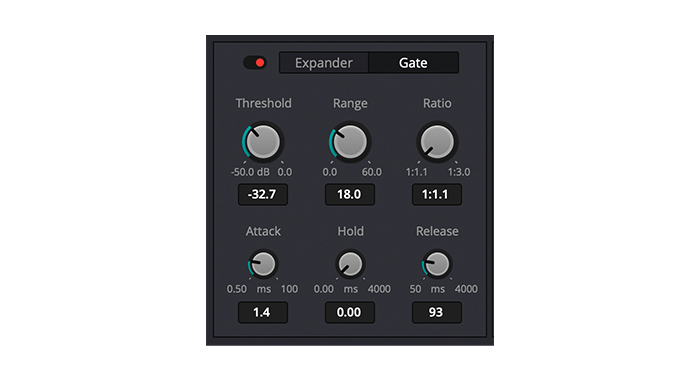
- Set the threshold to around 32-33 on your timeline, and then click the Output Selection Bar.
- Find the segment of your clip where there is only background noise and check where this segment lies on the input measure.
- Adjust your range and threshold based on your observations above. Adjust these until you hear a slight difference in your audio noise levels.
-
Auto Speech/Manual Mode
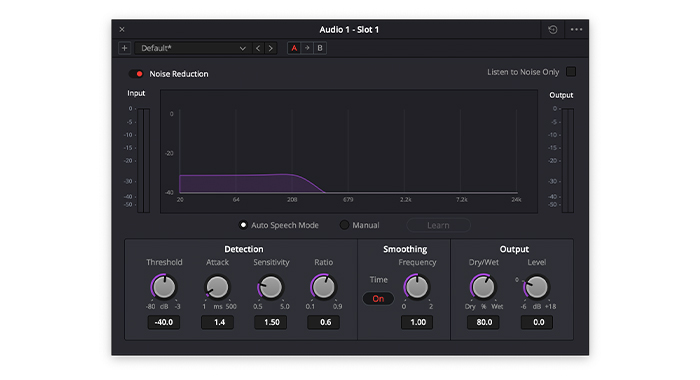
Auto Speech Mode is an easy and quick way to remove unwanted noise in DaVinci Resolve. It is best used when your audio clip contains dialogue.
This feature causes an increased sensitivity for speech, reducing some background noise, but it usually causes some frequency distortion.
This can be avoided through the “learn” feature that is available with the manual mode.
To use this feature,
- Find and highlight the problematic area of your track where there is background audio noise.
- Open up Fairlight and go to the Mixer, then select Effects. Click on the Noise Reduction tab and select Auto Speech Mode.
DaVinci Resolve should then locate the noise and reduce the frequency until it is barely noticeable.

The effect can be improved by using the “learn” feature of the manual speech mode. If frequency patterns are properly established and the noise print is learned, then the noise can be better removed in that section, and in other places where similar kinds of noise show up.
These effects can be applied to individual clips as well as tracks. To edit how much of the noise reduction effect is applied, adjust the Dry/Wet knob under the Output section.
Another way to make easy adjustments is through the “Loop” tool. Here you highlight a part of your clip using the range selector.
Then, you can click the Loop function to turn it on and then apply your effects as needed.
Effects Library
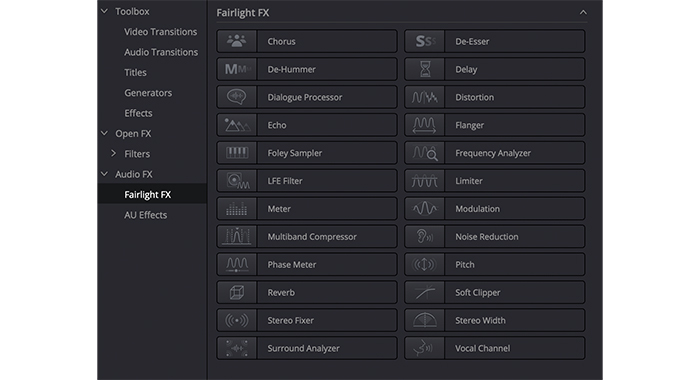
DaVinci Resolve also has other noise reduction tools that are found under the “Edit” page, “Fairlight” page, or “Cut” page.
They contain common plug-ins like:
- De-Hummer
- De-Esser
- De-Rumble
DaVinci Resolve also allows for the use of third-party plug-ins to remove background noise, such as:
- Crumplepop audio restoration plug-ins
- iZotope Advanced
- Cedar Audio
It also helps to play around with a variety of the features DaVinci Resolve has:
- Threshold: This is closely related to your signal-to-noise ratio. If it is low, you may have to boost the threshold to allow the noise to be filtered.
- Attack: This controls the attack time – the speed at which your filter reacts to background noise.
- Sensitivity: This controls the sensitivity of your noise reduction settings.
For all of the aforementioned settings, the effect is applied to a single clip. For the same effect on multiple clips, you’ll want to create a preset.
How to Create an Audio Noise Reduction Preset in DaVinci Resolve
Presets are a way to store your audio background noise reduction settings for future use, especially if you expect similar background noise in future projects in DaVinci Resolve. This makes it easy to apply the same noise reduction settings to your audio. To create a preset, follow these steps:

- Open the “Noise Reduction” plug-in and click on the “+” tab. This signifies “Add Preset”.
- Choose the name you wish to save it as.
- Save the preset by clicking OK.
To use the preset in the future, all you have to do is drag and drop this preset from the drop-down menu to your audio clip or track.
When you have several clips with a similar background noise profile within your timeline, then you can speed up your process by applying your plug-in to the whole track instead of individual clips.
This is done by dragging and dropping the plug-in onto the track header rather than a single clip.
Davinci Resolve plug-ins are fairly simple to install and use - so let’s touch a bit on how to add plug-ins.
How to Add Noise Reduction Plug-in to a Track in Fairlight
- Click on the “Fairlight” tab.
- Open the “Mixer” to access your audio track.
- Once your track has been accessed, open Effects, and click on the “+” sign.
- Click “Noise Reduction” and from the options, select “Noise Reduction” again.
- The noise reduction effect will be applied to the whole track.
Video Noise Reduction
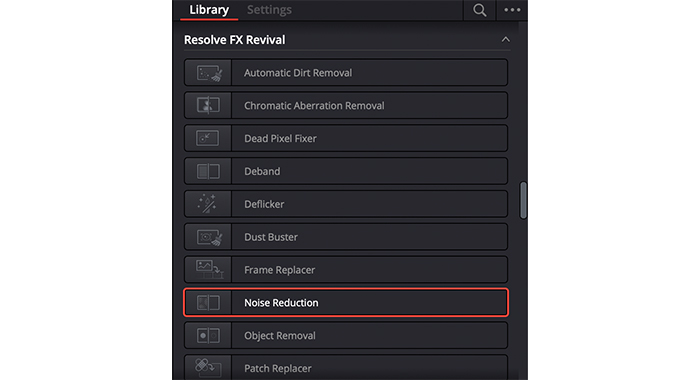
Video noise is a different monster, but DaVinci Resolve has a solution for that, too. Video noise reduction in DaVinci Resolve is done on the Color page. However, it can also be done on the Edit page as an effect during post-production.
To remove background noise from the video:
- Select the video noise reduction effect from the Open FX panel.
- Drag the effect to the highlighted node or clip.
- This can also be done through the Motion Effects panel on the Color page,
No matter how you approach the video noise reduction process, you’re going to encounter two choices: spatial noise reduction and temporal noise reduction. They work on separate parts of your footage and are used either singly or together.
-
Temporal Noise Reduction
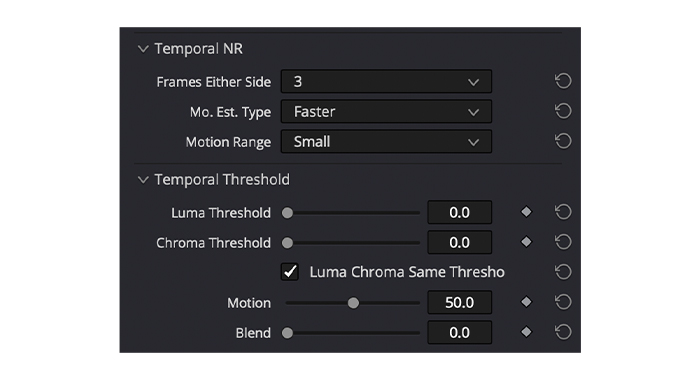
In this method, the frames are isolated and their noise profiles are compared side by side. It is optimal for parts of an image with little or no movement.
It is a little intensive on your system, but it renders better than spatial noise reduction. You can adjust the threshold to determine how much temporal noise reduction you want to be done.
-
Spatial Noise Reduction
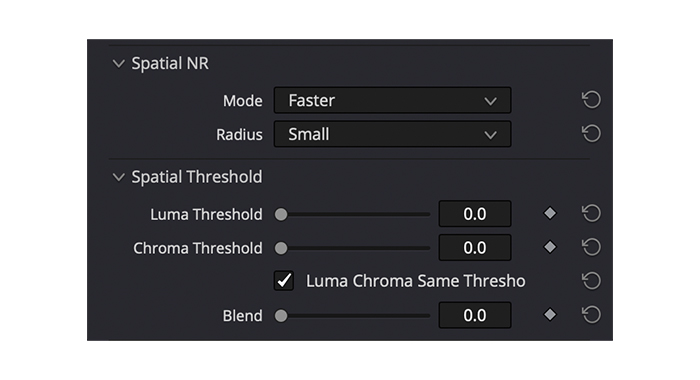
In spatial noise reduction, the pixels of a section of a frame are analyzed. The noisy parts are differentiated from the noiseless parts, and then that information is applied to other frames.
There are adjustable Mode and Radius settings that can be used to edit the intensity and threshold of the effect to better eliminate noise.
-
Preparing Your Environment for Audio Recording
The best way to remove background sound is to avoid it when you're recording, and there’s no better way to do this than preparing your room for recording.
You can do this by using acoustic foams and sound-absorbing panels to reduce reverb and low ambient noises. This will help keep "room tone" to a minimum. Room tone is what you hear if you press Record and don't make any other noise. So it's the little sounds, the amount of echo, hum... bascially any background noise not generated by what you are recording.
Using the right recording equipment also goes a long way. However, this does not assure you of noise-free audio.
Final Thoughts
Unwanted noise is impossible to avoid as it is just one of the realities of life. No matter how careful you are, there can always be the chance of picking some of it up. When it comes, it helps to know how to tackle it. So, you are going to want to remove audio background noise at some point.
You may not be able to get out all of the noise, but you can effectively reduce noise in DaVinci Resolve with the right audio effects, tools, and adjustments. So whether you are making the latest Hollywood blockbuster or a quick YouTube video you can be certain of great results.







